Hello again from Alaska! Maria here, back in one of my favourite places in the world for a second season running and, this year, I’ve got some very exciting updates.
Like last season, I’m spending the summer here working as an ORCA Marine Mammal Observer (MMO) on board Cunard’s beautiful Queen Elizabeth cruise ship. Alongside my MMO role, I've been working with the crew to deliver formal and informal ship strike mitigation training. Working on board for the whole season also gives us a unique opportunity to carry out a research project.
Our research is investigating the behavioural responses of humpback whales in close proximity to large ships, and also to investigate whether ships are able to perform effective avoidance responses when whales are sighted. All of this is being explored in the context of mitigating ship strike, which is one of the main threats to large whales worldwide.
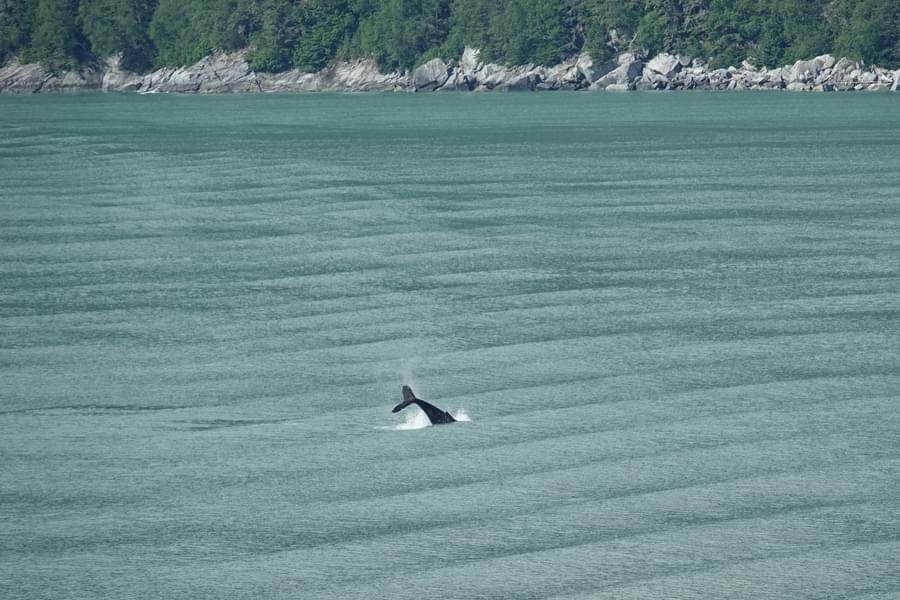
Building on from our work last year, we have developed and refined our data collection protocols. As well as collecting environmental data, and data on any large whale sightings (such as the distance and angle of the sighting from the ship, the species, number of adults and calves and the initial behaviours), we are also collecting more detailed information about the direction in which the whale is swimming in relation to the ship, any behavioural changes the whale makes as the distance between the ship and the whale decreases, and also whether the ship makes any course changes or speed reductions to increase the distance between the ship and the whale, therefore decreasing ship strike risk. We are also using software, called PAMguard, which will firstly allow me as a team of one to collect data easier and more accurately, but this software will also allow us to reconstruct both the track of the whale and the track of the ship. We will then be able to use this information to determine how best we can reduce the risk of ship strike by, for example, investigating the distance and angle at which whales need to be sighted in order for the ship to make an effective avoidance manoeuvre. This research is ground-breaking.
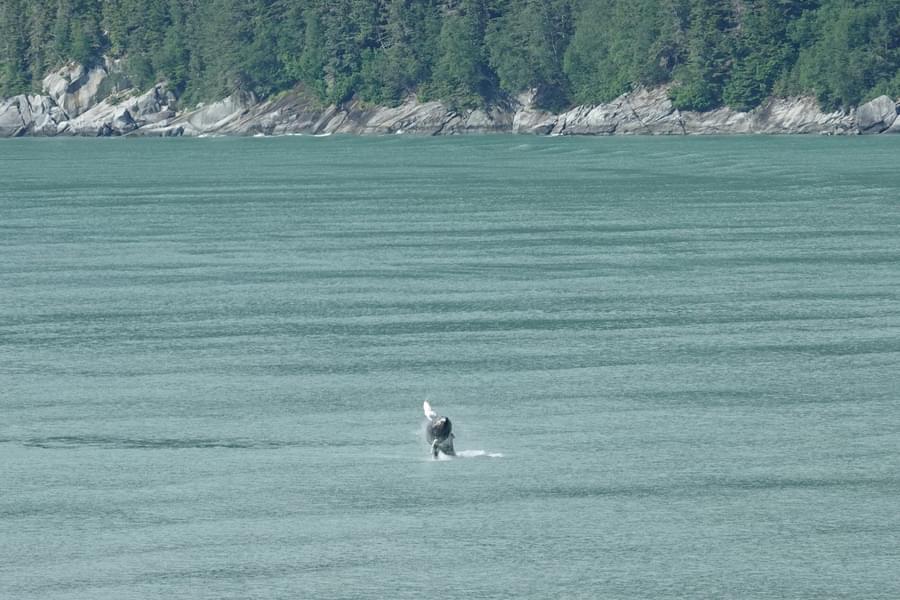
At the time of writing this, it is still fairly early in the season (whale numbers peak in July), so I haven’t had a huge amount of sightings yet. But I know this will change very soon!
What am I most excited about this season? Seeing more whales of
course, and also collecting high quality data that will be used to make a real
impact in better understanding and mitigating the threat of ship strike. The
season is also a month longer which means more whales and, even better, more
data…!
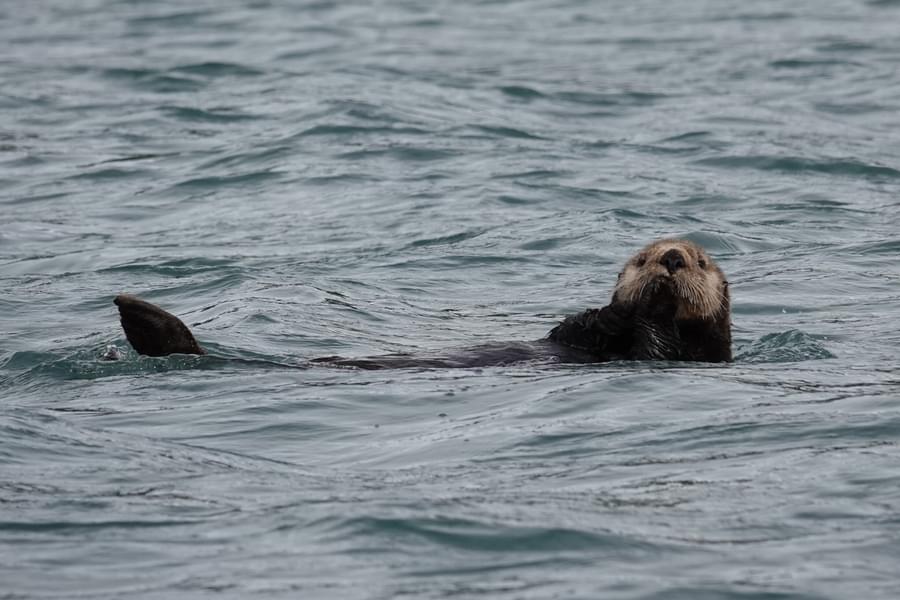
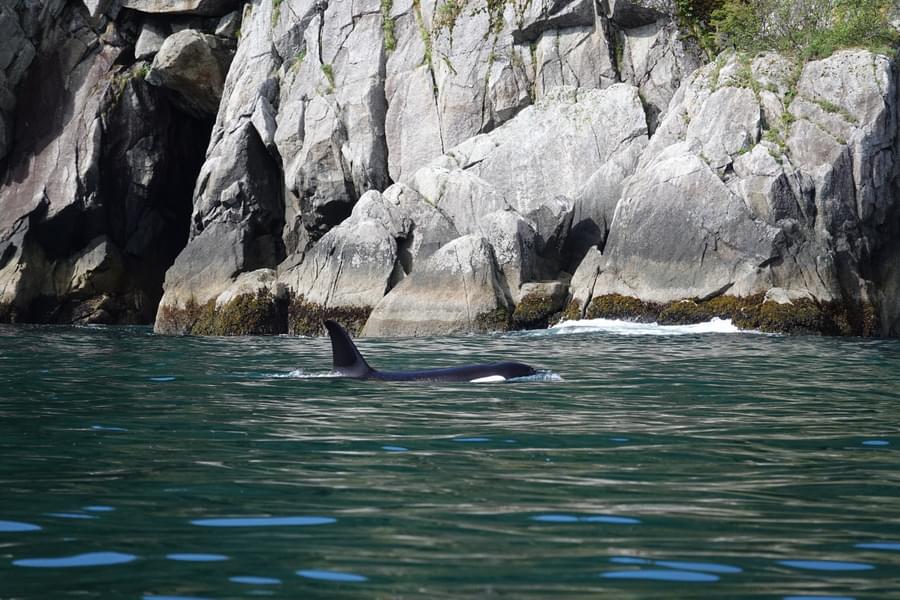
What does an ORCA MMO do when not observing from the ship? Whale watching of course! I’m pleased to say the captain was absolutely fantastic at respecting whale-watching guidelines, maintaining a respectful distance from these beautiful orcas at all times. I’m thankful for the zoom lens on my camera!
Stay tuned for another update towards the end of the season.
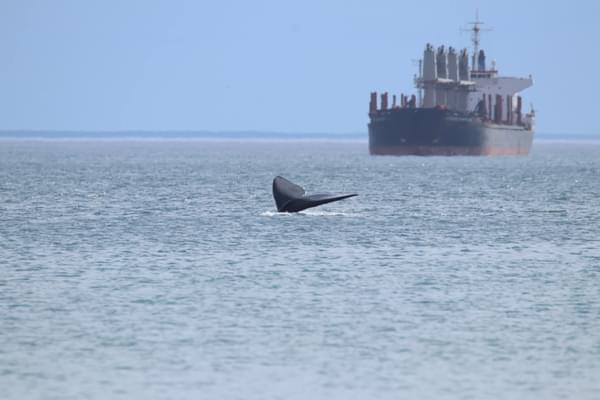
Being hit by ships is the single biggest threat to large whales globally and needs urgent action before vulnerable populations are wiped out. Donate today at www.orca.org.uk/donate to support our cutting edge ship strike research and help find a solution to this threat

